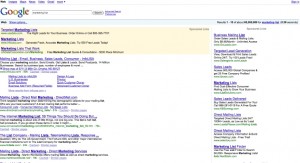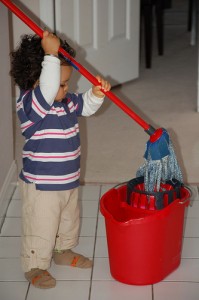I just did a quick search on Google for marketing lists and got back 147,000,000 links!
There are lists for everything: poultry farmers, IT managers, even caulking system buyers. With all those possibilities, how do you find the right one? Look at the price? The size of the list? And does it matter?
Why is the list important?
The list accounts for 40% of your return. The wrong list will wreck your response rate, and the right one will start the money rolling in. A list of poultry farmers would be a great target for a new kind of incubator, but IT managers would toss it right in the trash.
Plan ahead
- Check your budget (how much do you have to spend on lists, printing, mailing)
- How many people do you need to reach to get the results you want (based on past mailings if you have them)
- What do you want to accomplish? Are you looking for leads or do you want sales?
- What will you offer?
- Who is your target audience?
First, check your ideal customer profile. This will considerably narrow down the selection of lists. If you want IT managers of Fortune 500 companies, you can ignore lists of yoga practitioners, racetrack operators, or new homeowners.
Types of lists
Physical lists/email lists
There are several different kinds of lists (compiled, subscriber, email, and mail order buyers). Each mailing list has a data card (like a biography), that gives you all the vital statistics about the list: how big it is, titles of the people on it, average order size, etc.). Match up the information against your current customers.
Online “lists”
A list doesn’t have to be a physical file or spreadsheet. It can be Facebook users, Fox News web site visitors, or people who click on your AdWords ad. Each has its own demographics, interests, and problems. The people visiting Fox News are likely to have different opinions, for instance, than those heading to MSNBC.
Whether it’s made out of paper or pixels, the most productive list will be one with people who fit your ideal customer profile and who have already responded to offers similar to yours. If you’re promoting an IT meeting, you’ll want people who have attended related events.
List pricing
If someone promises 1,000,000 names or visitors for $10, run (don’t walk) as fast as you can. The information will be useless. These are likely to be names that have been stolen, scraped, or obtained by subterfuge. Don’t use them!
Legitimate list prices are calculated in $ per thousand names offline and CPM (cost per thousand views) online. Ask for click-through rates, and find out what other kinds of businesses and ads have been successful.
Choose, not by absolute price, but by the best fit with your target market. If you’re looking for new businesses, a list of recent architecture grads won’t help you, but a list from your local town hall of newly registered business names will.
Got questions about choosing a list? Ask them here.


